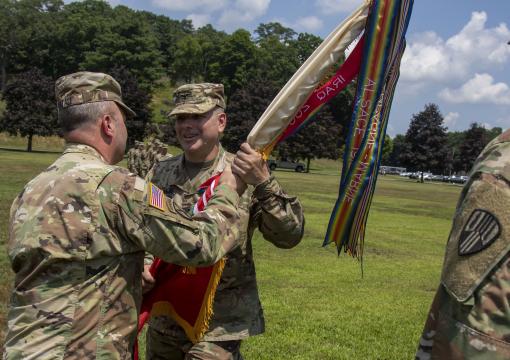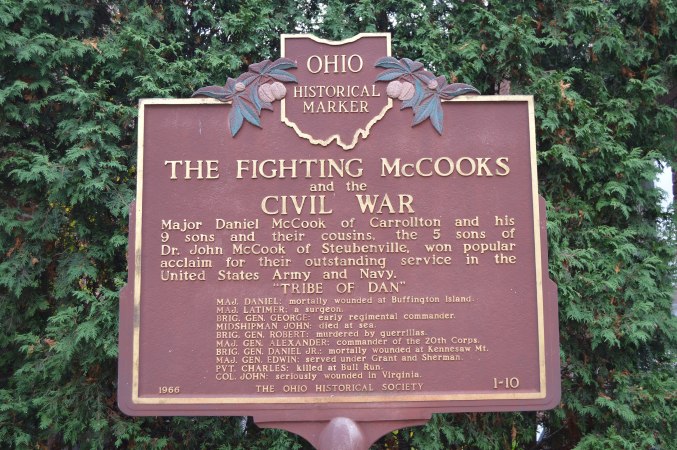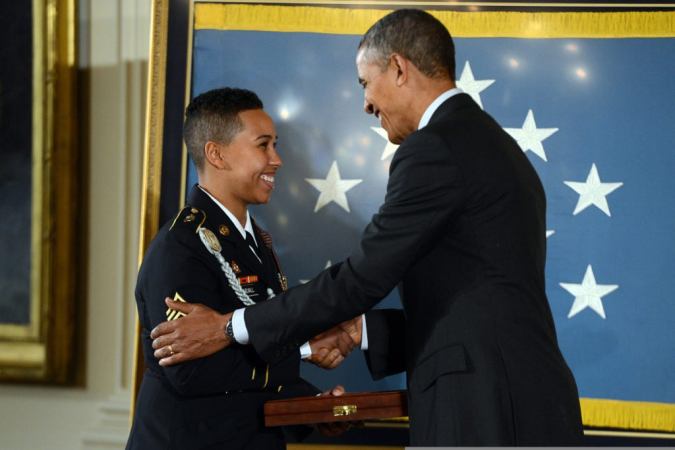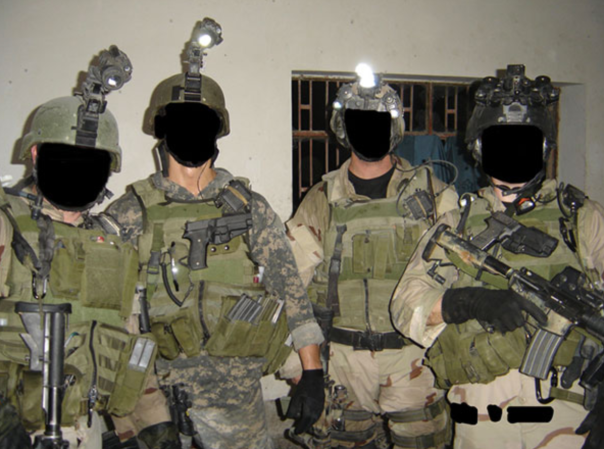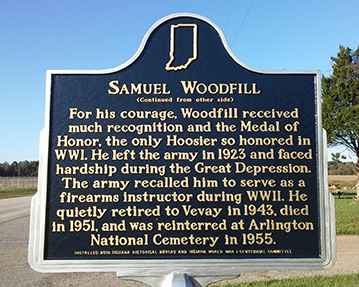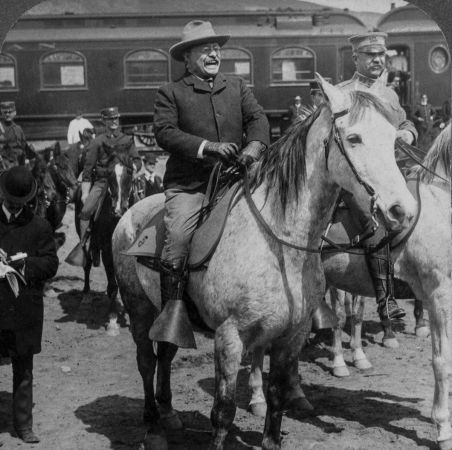Most people know about the French Foreign Legion, a military unit for foreigners to take part in combat on behalf of the French people. Turns out, one group of people has no need for foreign legions because they’ll just create their own brigade to fight on whichever side of any war they like.
Since the late 1600s, Irish brigades have fought in everything from English wars of succession to the American Civil War to World War II, often in conflicts where Ireland was a neutral nation.

The first known “Irish Brigades” fought on behalf of James II, a king of England who converted to Catholicism and was deposed by William III, a Protestant, triggering the War of the Grand Alliance from 1689 to 1697.
While the Catholics failed to return James II or his son James III to the throne, the French and Spanish monarchs had sent armies on the same side as the Irish brigades to the war and had helped organize and equip them as the war dragged on. Many of the Irish veterans returned to France and Spain and created permanent Irish units there.
Other units were formed in other European countries such as Austria and Russia. Like the French Foreign Legion, the Irish Brigades were often kept deployed as much as possible.

Irish forces — then organized as three separate regiments — fought on behalf of American colonists after the French openly threw their weight behind the revolution in 1778. Irish marines served on Capt. John Paul Jones Bonhomme Richard during his attacks on British shipping.
Two French Irish regiments also deployed to the Caribbean to weaken the British there. 500 volunteers from those regiments later took part in the failed Siege of Savannah.
A few decades later, an Irish battalion fought on both sides of the Mexican-American War. The battalion, composed mostly of Irish immigrants new to the U.S., initially were part of the American invasion force. But they faced strong discrimination in U.S. ranks and switched sides.
Unfortunately for them, the U.S. was still the overwhelmingly superior force, and the Mexican forces were defeated. When 85 of them were captured after the Battle of Churubusco, 50 were killed for desertion. Thirty-five who deserted before war was declared were instead branded with a “D” and flogged.

Just over a decade later, Irish brigades fought on both sides of the Civil War, though they overwhelmingly favored the Union. An estimated 150,000 to 160,000 Irish soldiers fought on behalf of the Union while approximately 20,000 fought on behalf of the Confederacy.
Most of those soldiers fought in regular units, but the Confederacy had one Irish regiment, the 10th Tennessee Infantry Regiment (Irish), and the Union had at least five: the 63rd, 69th, and 88th New York Infantry Regiments and the 9th and 28th Massachusetts Volunteer Infantry Regiments.
The Tennessee 10th saw service in the West while the Union regiments, minus the 9th Massachusetts, were part of the 2nd Brigade (Irish) and fought predominantly in the East. Over the course of the war, the Irish Brigade lost 4,000 men; 11 members of the brigade were awarded the Medal of Honor.
But it’s important when looking at those numbers to remember that some regiments assigned to the Irish brigade — such as the 116th Pennsylvania and the 29th Massachusetts — were non-Irish units.

During World War I, Ireland was still subordinate to the Kingdom of Great Britain and so Irish units were sent directly to the British Expeditionary Force. Still, most volunteers from within Ireland served in units either officially designated as Irish or named for the Irish areas where the unit was formed.
For instance, the 10th (Irish) Division, 16th (Irish) Division, and 36th (Ulster) Division all served in heavy fighting, as did units like the Royal Dublin Fusiliers and Royal Munster Fusiliers. All-in-all, an estimated 200,000 Irish soldiers served in units designated Irish, while an unknown number served in other militaries of the British Commonwealth.

By the time World War II rolled around, the Republic of Ireland enjoyed self-rule and was officially neutral. But Irish volunteers served in all branches of the British armed forces.
Enough Irish volunteers for the army were found that the 201 Infantry Brigade was reorganized as the 38 (Irish) Brigade and was initially commanded by The O’Donovan (the title and name held by the reigning chief of the O’Donovan clan). The 38 (Irish) Brigade consisted of three Irish regiments and served primarily in Africa, Sicily, and Italy.
Three other Irish regiments fought in World War II.



